
|
|
|
|
|
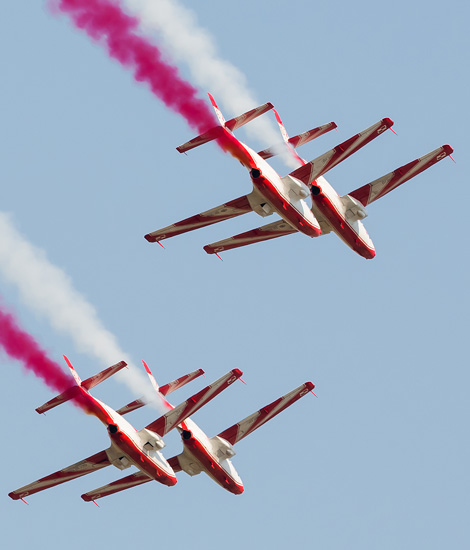
|
The 4 Flying Training Wing; Radom, August 22, 2015
The Polish Air Force, part 7; Text and Photograph's by Alex van Noye
The Polish aviation flying school is in Poland referred to as the 4 Flying Training Wing. The main task of this training wing is the education of all military pilots of the Polish Air Force. The Polish 4 Flying Training Wing is stationed at the airfields Deblin and Radom. Only training aircraft are stationed at these two airfields.
The pilot training program of the Polish Air Force is the responsibility of the 4 Skrzydło Lotnictwa Szkolnego im. gene. Bryg. pill. Witolda Urbanowicza (4.SLSz) (4 Wing Aviation School). The flight school was established in its current form on October 14, 2008 at the airbase of Deblin. The flight school is composed of a number of schools and a number of airfields, namely; the 4 Dowództwo Skrzydła Lotnictwa Szkolnego (headquarters of the 4th School) in Deblin, the 41 Baza Lotnictwa Szkolnego (41.BLSz) (41 Aviation School Airbase) in Deblin, the 42 Baza Lotnictwa Szkolnego (42.BLSz) (42 Aviation School Airbase) in Radom, the Wojskowy Ośrodek Szkole- niowo (Military Training Center) in Zakopane and the Ośrodek Szkolenia Wysokościowo - Ratowniczego i Spadochronowego (Large Height Altitude and Training Centre - Rescue and Parachute) in Poznan. The first type which is used in the flight school of the 4.SLSz at Radom is the PZL M28. This aircraft is used for the training of pilots for transport aircraft. The variants of the M28 used for training are the M28B-TD, M28B and M28B-TDIII and TDIV. The M28 is an ideal aircraft for the training of transport pilots because the aircraft is a small twin-engine and powerful aircraft. The pilots who will fly on the transport aircraft in the Polish Air Force will first be trained on the Orlik before they begin their training on the M28. After their training at the 4.SLSz, the pilots go to one of the operational transport units they will receive the continuation of their training. In total, there are eight 4.SLSz M28 aircraft used for the training task within the Polish Air Force.
The second type which is used at the flight school of the 4.SLSz at Radom is the Polish PZL 130 Orlik. The Orlik is in Poland an aircraft which is used for the initial pilot training. All pilots who are selected to fly on a fixed wing aircraft will start their careers on the Orlik. The PZL 130 Orlik is a trainer aircraft which is powered by a propeller and is designed for initial and advanced training of military pilots. The Polish Air Force
|
|
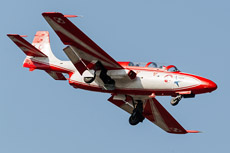
|
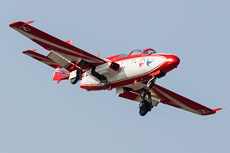
|
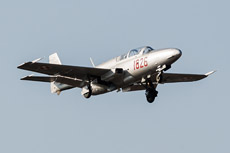
|
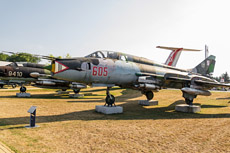
|
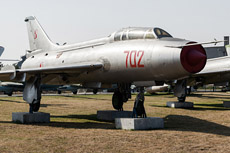
|
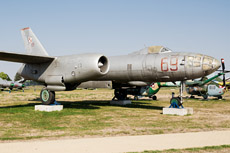
|
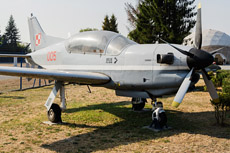
|
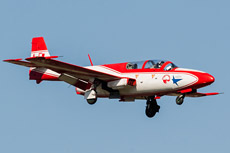
|
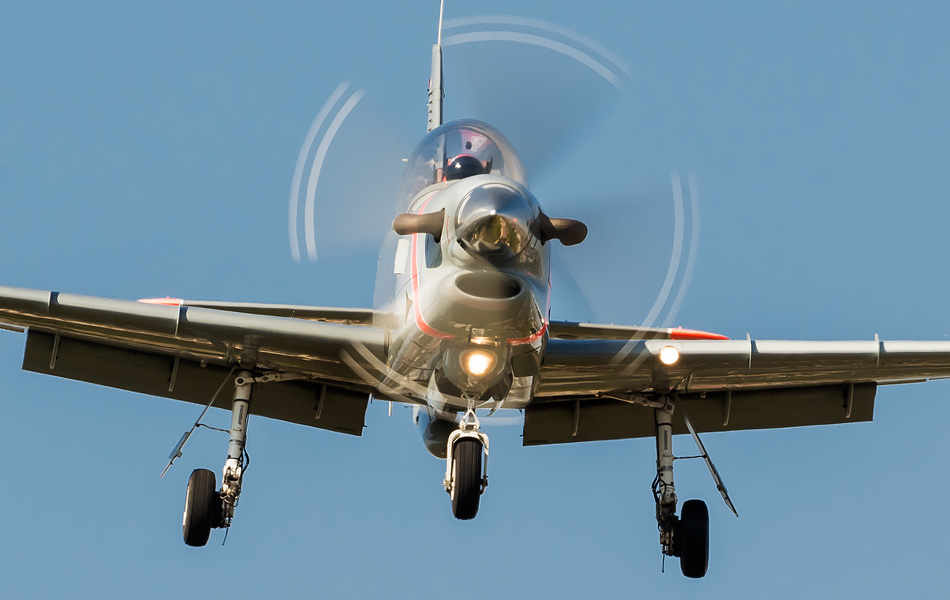
|
received a total of 50 Orliks. Over the years, there were several variants of the Orlik commissioned by the Polish Air Force. The first variant of the Orlik which entered operation in 1985 was the PZL 130T Orlik. After a long test period with the necessary setbacks, eventually the PZL 130TM became the first operational variant which was commissioned by the Polish Air Force in 1991. By the end of 1998 all Orliks which were delivered were converted to the PZL 130TB standard. Eventually all aircraft have been updated to the PZL 130TC-I standard in 2004. Later, a number of updates were executed and all the aircraft were updated to the TC-II standard. After these series of updates were several more aircraft ordered. All these aircraft would be delivered at the PZL 130TC-III standard. Besides the training of pilots, the Orlik is also a familiar face at many air shows in Europe. The famous Zespół Akrobacyjny Orlik (Aerobatics Team Orlik) consists solely of instructors and is flying with a formation of seven aircraft. The team was formed in 1998 and since then it has already taken many appearances at airshows for its account.
The PZL TS-11 Iskra is a jet trainer produced by WSK "PZL Mielec" by a team led by Tadeusz Soltyka (hence the designation TS). The Iskra is the first Polish design which was driven by a jet turbine engine. The Iskras are assigned to the 4.SLSz and are based at the 41 Baza Lotnictwa Szkolnego (41.BLSz) (41 Aviation School Airbase) in Deblin. The first unarmed prototype of Iskra flew on February 5, 1960. The aircraft is at this moment therefore an outdated aircraft. However, there were a lot of variants of the Iskra been developed through the years. Most Iskras which are now used by the Polish Air Force are the type TS-11 Iskra bis DF. The Iskra can be armed with two NS-23 (115P) guns with a caliber of 23 mm. The TS-11 is able to carry a maximum load of 4 x 100 kg bombs or containers with machine guns. Finally, also entrained rocket pods of the type Mars-4 can be mounted under the Iskra. Operational Iskras are recognizable by their shiny gray color scheme. The most famous demonstration team in Poland is the Biało-Czerwone Iskry (White-and-Red Sparks) Aerobatics Demo Team. This demonstration team of the Polish Air Force was established in 1969 within the 60 Training Wing at Radom airbase and was called Rombik. The team flew after the foundation with four TS-11 Iskras. The team grew to a total of nine aircraft between 1993 and 1998 and was assigned to the 1 Air Training Centre in Deblin. Today, the team flies with seven TS-11 Iskras. The Iskras of Team Iskry can be identified by the red and white color scheme.
For the initial training of the Polish helicopter pilots the air force has the Polish PZL SW-4 Puszczyk (Owl). Also, the initial helicopter pilot training is part of the 4.SLSz. This training is stationed at the 41 Baza Lotnictwa Szkolnego (41.BLSz) (41 Aviation School Airbase) in Deblin. The PZL SW-4 was built at the end of the 20th century by PZL Swidnik as the successor of the aging Mil Mi-2 "Hoplite". The SW-4 is a light multipurpose helicopter which is powered by a 250-C20R/2 engine from Rolls-Royce with an output of 457 hp. The production of the SW-4 takes place in Swidnik in Poland since 2004. The only military user of the SW-4 is the Polish Air Force. The Polish Air Force is using 24 SW-4 helicopters to train military helicopter pilots. In addition to the SW-4 training helicopter which is typically used also the Mil Mi-2 "Hoplite" is still in use at Deblin. The Mi-2 is after all these years still a perfect platform to train pilots because it is an extremely stable helicopter which is easy to fly. The Mi-2 is kept in use by this training unit because the pilots are on this type efficiently prepared for the heavy helicopters which are often from Russian origin. The training of helicopter pilots at Deblin is done by a joint venture of the air force, army and navy of Poland. The training itself is hosted by the Polish Air Force.
|
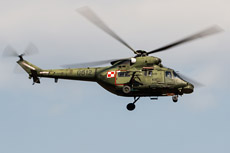
|
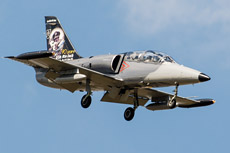
|
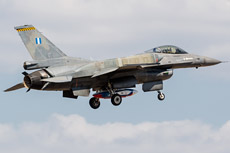
|
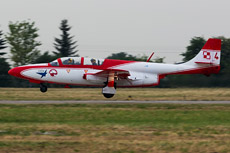
|
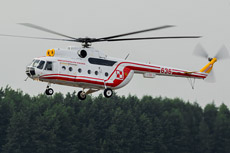
|
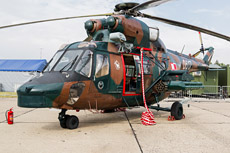
|

|
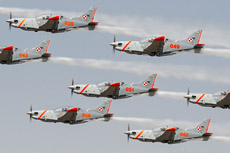
|
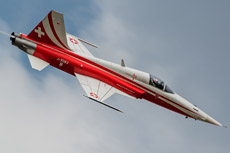
|
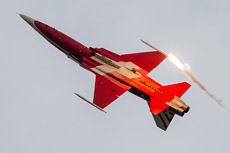
|
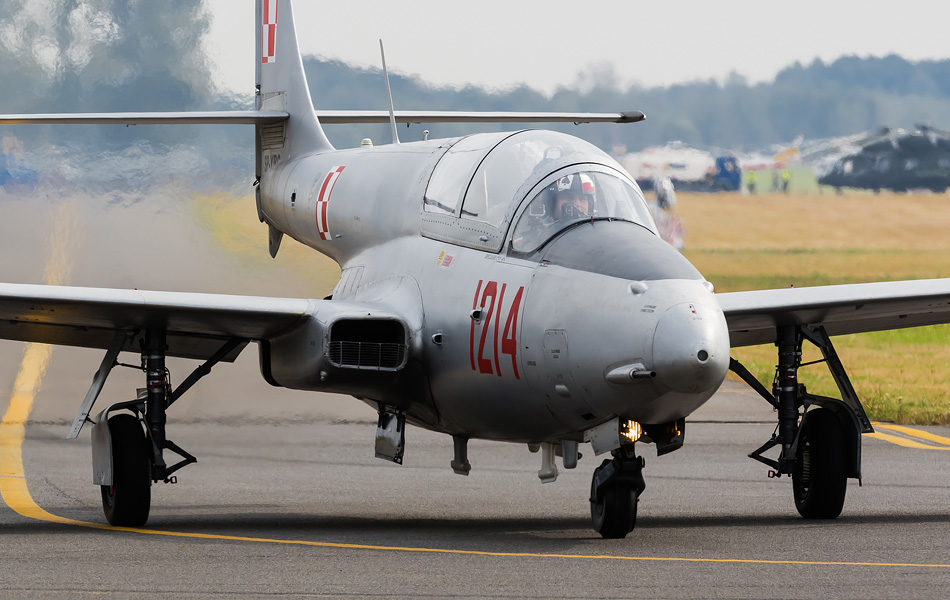
|
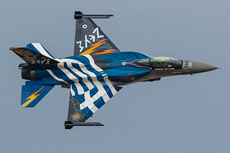
|
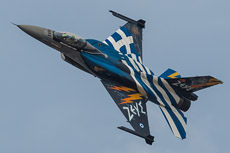
|
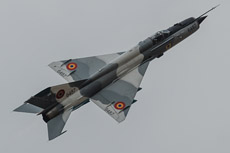
|
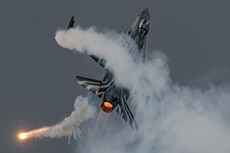
|
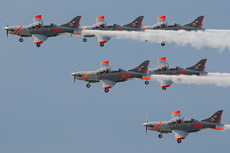
|
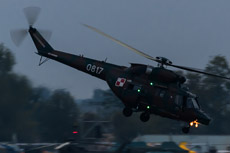
|
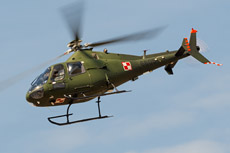
|
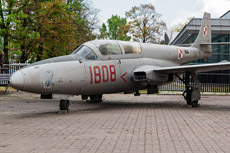
|
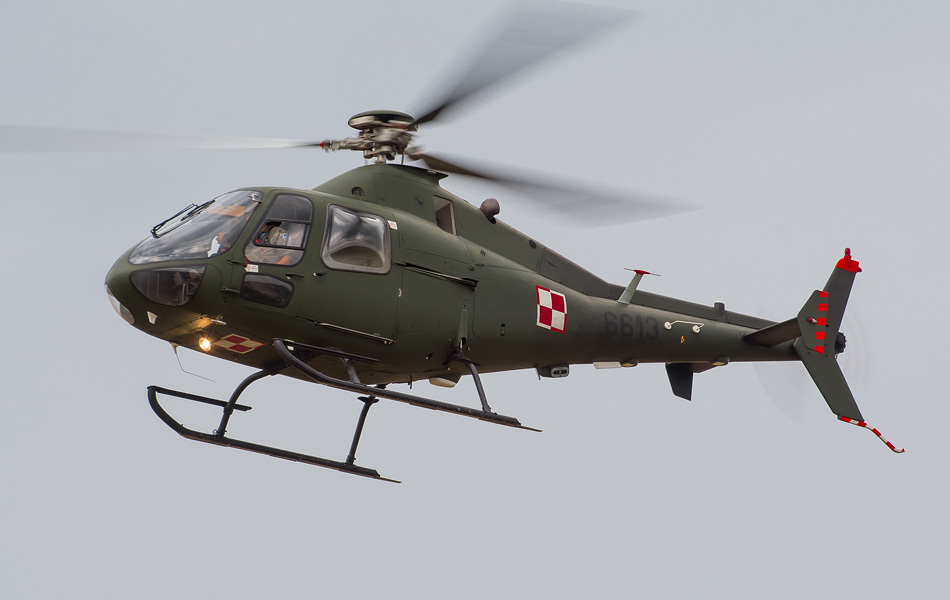
|
|
|

|







